Imagine you're about to explore a vast rainforest. Some trails come equipped with detailed maps, clear signposts, and helpful markers that guide your journey. Others offer raw wilderness that demands more navigation skills from you as the explorer.
Books work the same way. The difference lies not in the quality of the destination, but in how much navigational support the author provides for your learning journey.
Think about the last time you felt lost while reading a complex book. Maybe you wondered why the author suddenly shifted to a new topic, or you wished for a quick reminder of key concepts from earlier chapters. These moments reveal the power of thoughtful book design—or the absence of it.
Most readers encounter books as passive tourists, hoping the content will somehow stick. But the most effective readers approach books as active explorers, equipped with strategies for three distinct phases of engagement. Whether the book provides excellent trail markers or requires you to create your own navigation system, you remain responsible for the discoveries you make and the insights you carry forward.
Before any serious expedition, explorers study maps and gather intelligence from previous travelers. The pre-reading phase serves the same function—orienting yourself before diving into the analytical work ahead.
In "How to Read a Book," Mortimer Adler called this "inspectional reading"—a crucial step that most readers skip. Smart design elements make this orientation phase both easier and more effective.
The best textbooks begin each chapter with clear learning objectives—statements like "By the end of this chapter, you will understand the three factors that drive habit formation." These function as your expedition goals, telling you exactly what peaks you'll climb and valleys you'll cross.
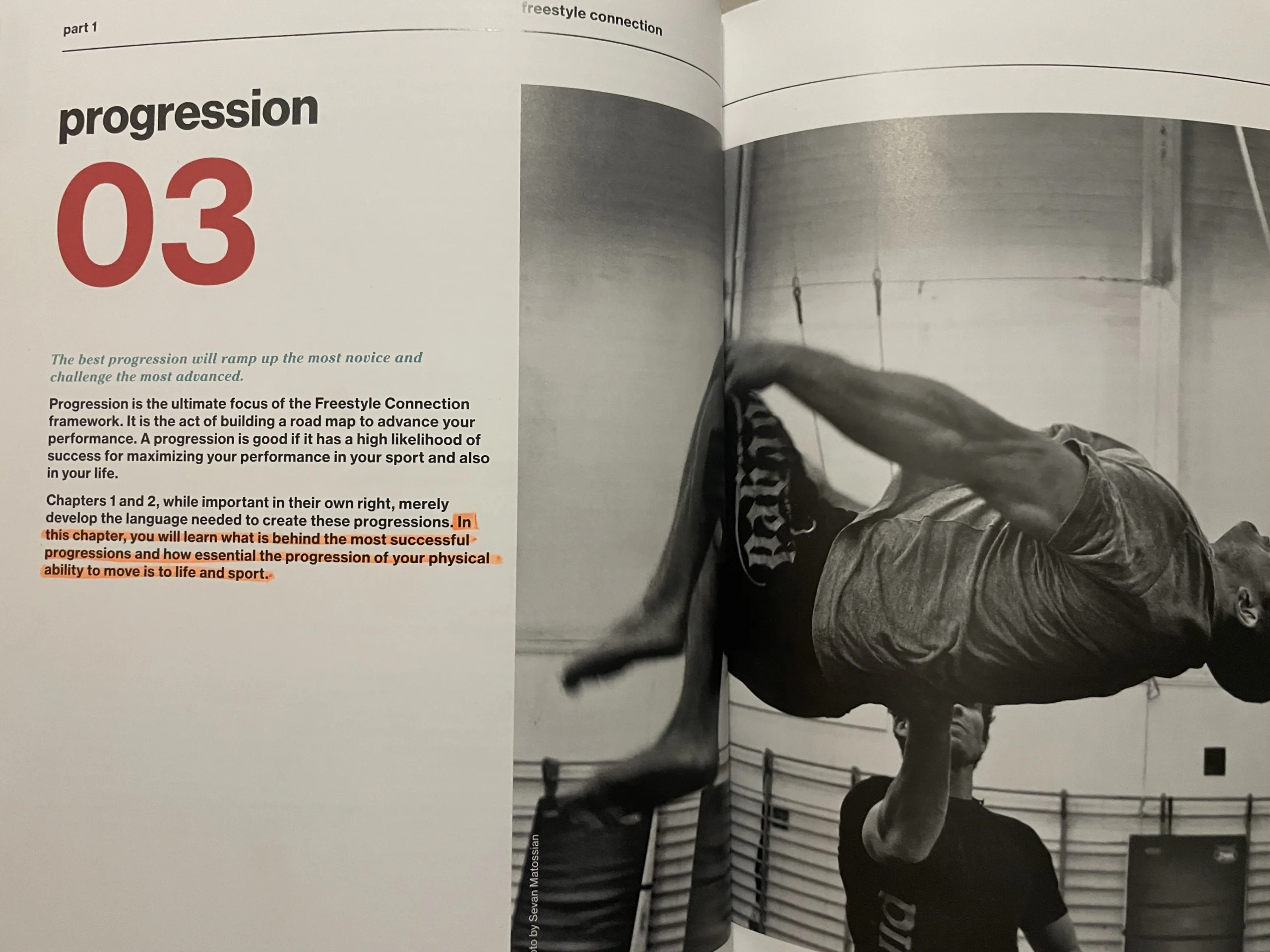
When books lack these objectives, create your own. Spend two minutes before each chapter asking: "What do I want to understand by the end of this section?" This simple practice transforms passive reading into purposeful exploration.
Max Bennett masterfully uses opening quotes in "A Brief History of Intelligence" to spark curiosity about what lies ahead. These quotes work like stories from fellow travelers—they don't reveal the full journey, but they create anticipation and frame your mindset for discovery.
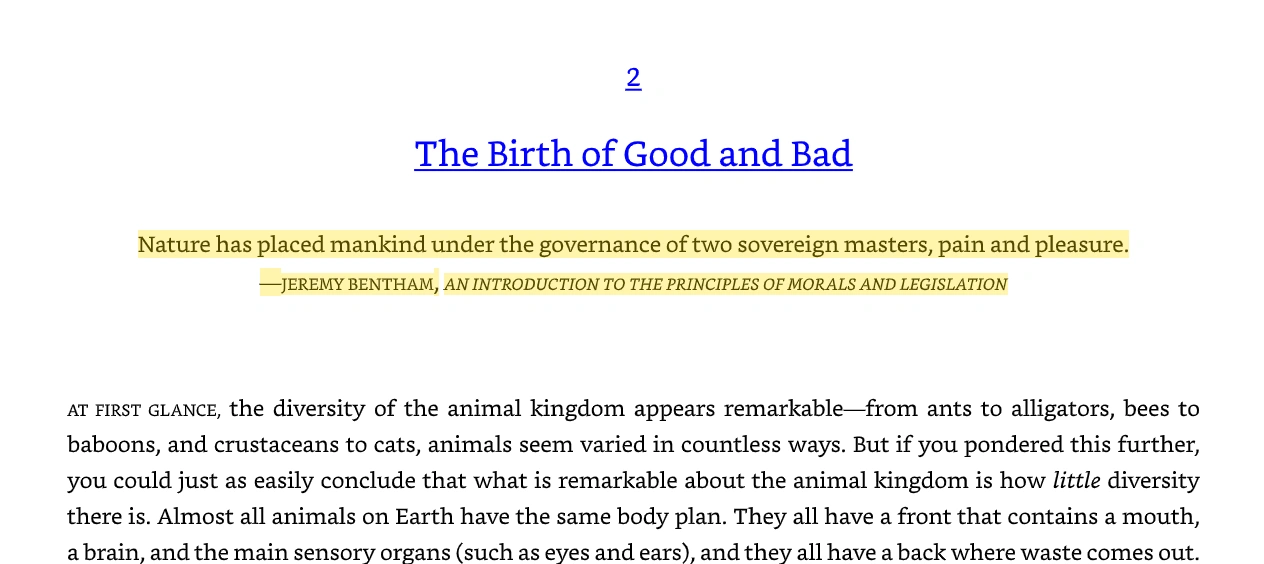
A well-chosen quote serves as a window into the chapter's core insight. It plants questions in your mind that the author will answer, turning you from a passive reader into an active seeker.
Every well-designed book provides a clear structural overview—chapter titles, section headings, and logical progression. This is your fundamental trail map, showing the terrain you'll cover and the route you'll take.
As explored in A Book's Chapter Structure as a Tool for Understanding and Learning, this hierarchical organization isn't just formatting—it's a learning tool that mirrors how your brain naturally processes complex information.
DeepRead's content view exemplifies this perfectly. When you open a book, you see the complete chapter structure with nested sections, giving you that essential topographical overview before you begin your journey.
Now you're on the trail itself, engaged in what Adler called "analytical reading." This is where you encounter the author's full argument, sentence by sentence, concept by concept. Design elements here serve as signposts and trail markers, helping you maintain direction and focus.
Richard Dawkins' "The Selfish Gene" demonstrates the power of embedded questions throughout the text. These aren't just rhetorical flourishes—they're strategic checkpoints that force you to pause, reflect, and engage with the material.
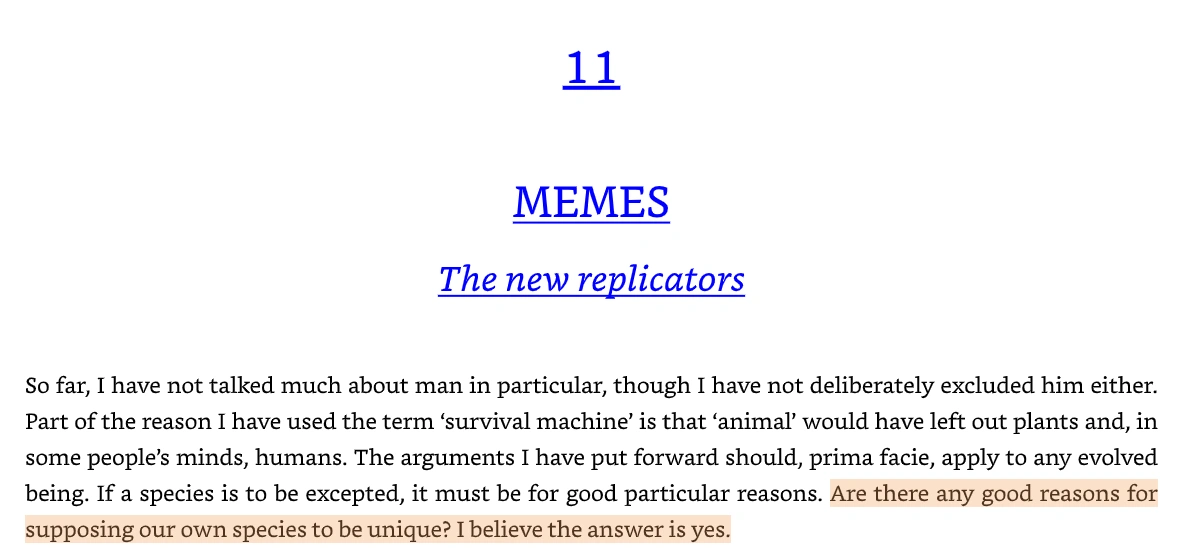
Questions like "Why do people overestimate the likelihood of dramatic events?" create active dialogue between you and the text. They transform reading from absorption to conversation.
David Deutsch's "The Beginning of Infinity" includes terminology sections at the end of each chapter—not just definitions, but the key conceptual building blocks of that chapter's argument. These sections function like a conceptual compass, ensuring you've grasped the essential tools before moving forward.
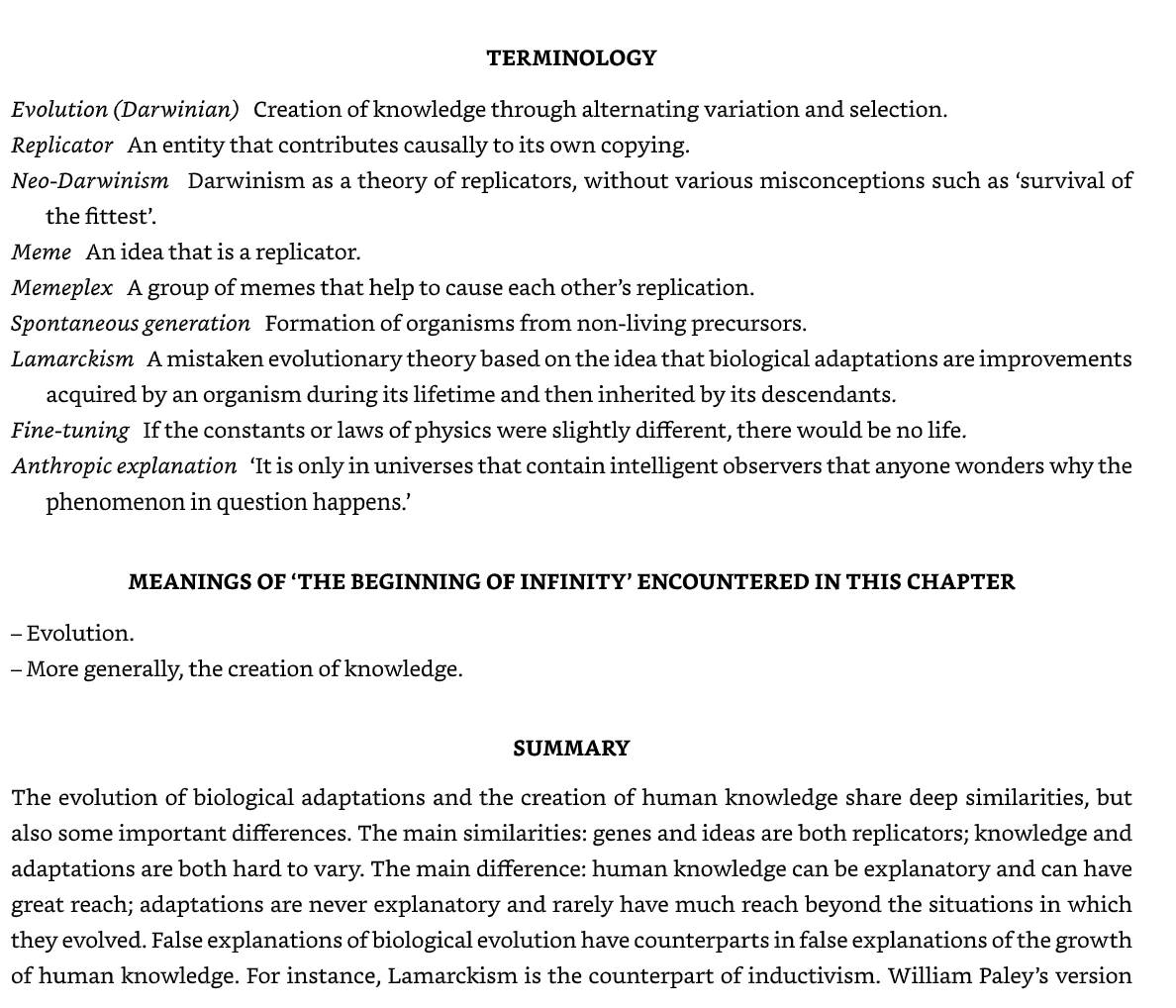
This differs from traditional glossaries at the book's end. Chapter-level terminology sections capture the specific conceptual journey you just completed, while end-of-book glossaries often go unused.
Barbara Oakley's "Mind for Numbers" excels at using boxed examples that illustrate abstract concepts with concrete stories. These work like recognizable landmarks on your trail—memorable reference points that help you understand and remember key insights.
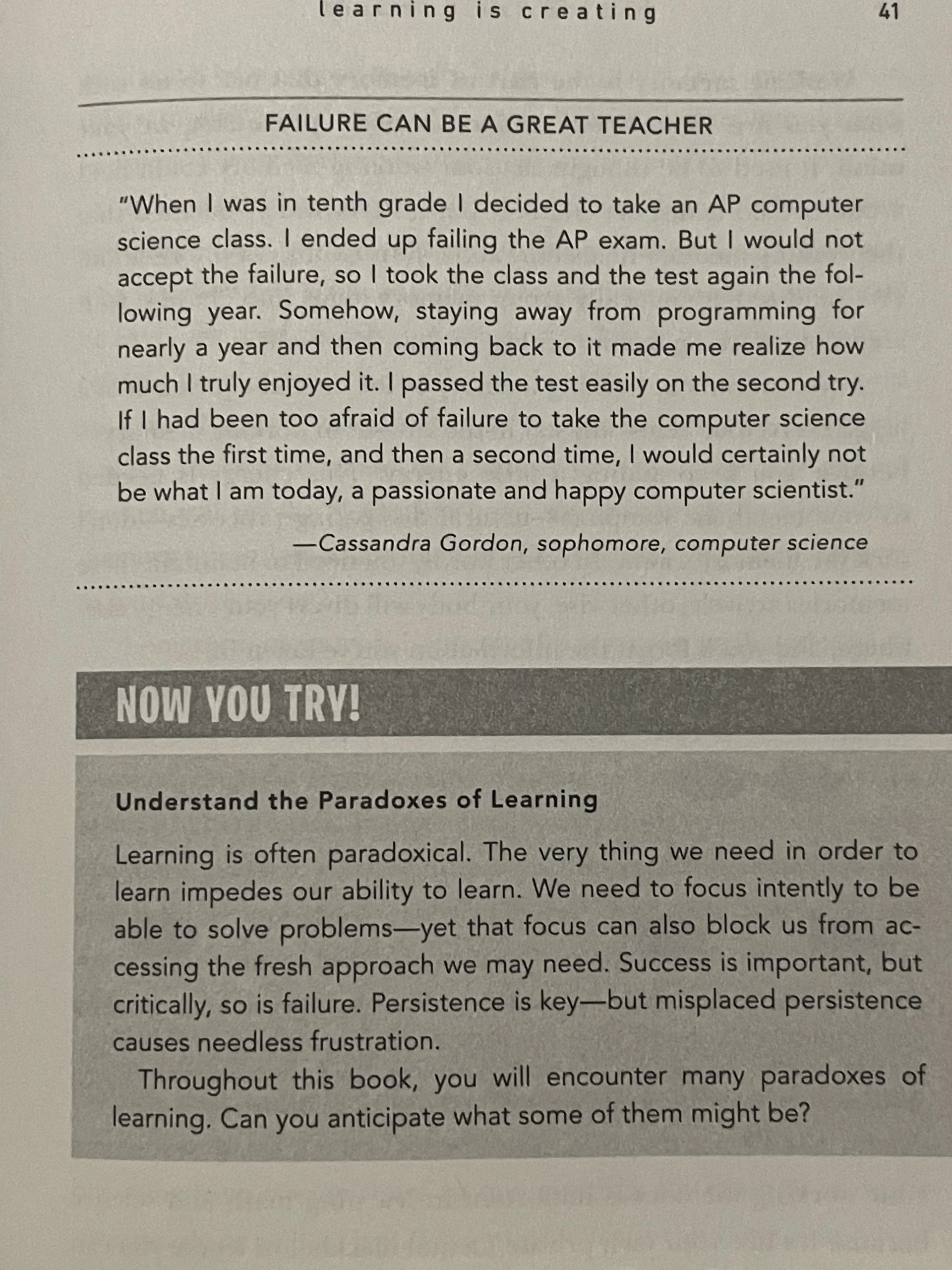
When you encounter a complex principle, a well-placed example transforms abstract theory into recognizable reality. You can picture the concept in action, making it both understandable and memorable.
Dan Roam's "The Back of the Napkin" uses visual thinking throughout, turning complex business concepts into simple drawings and diagrams. These visual elements serve as scenic overlooks—moments where you step back from the detailed trail to see the bigger landscape.
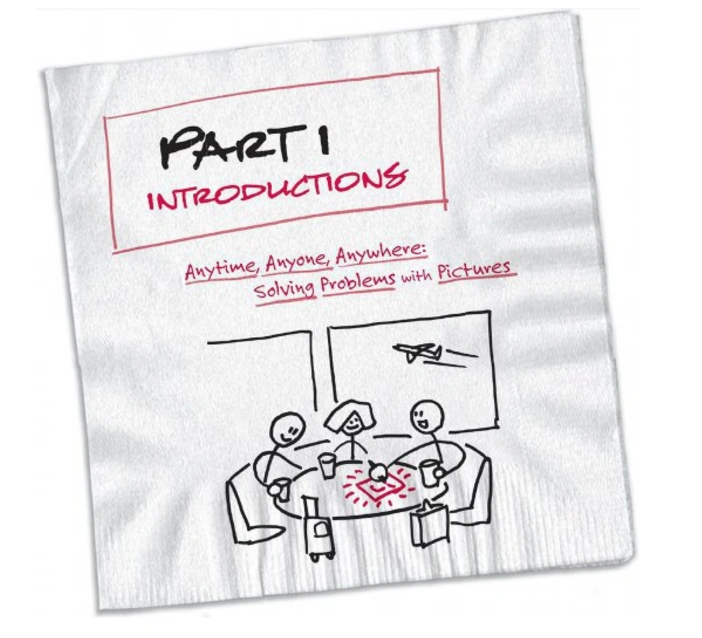
Visual elements aren't just decoration. They engage different cognitive processes, helping you understand information from multiple angles and making abstract concepts concrete.
"The Elements of Style" by Strunk and White uses numbered rules and clear section markers that function as progress indicators. You always know where you are in the author's argument and how each piece fits into the larger framework.
These indicators prevent the common experience of feeling lost in dense material. They answer the question: "How does this section contribute to the author's overall case?"
The expedition isn't complete when you finish the trail. The most valuable phase—knowledge synthesis—happens when you step back and create a lasting record of your discoveries. This phase transforms reading from temporary consumption into permanent learning.
Unfortunately, as noted in your "How to Read a Book" summary, this is the phase that Adler's classic framework least addresses. Yet it's where design elements prove most crucial for creating lasting understanding.
David Deutsch again provides an excellent model in "The Beginning of Infinity" with concise, meaningful chapter summaries. These aren't mere repetition—they're distilled wisdom that captures the essential discoveries from each section of your journey.
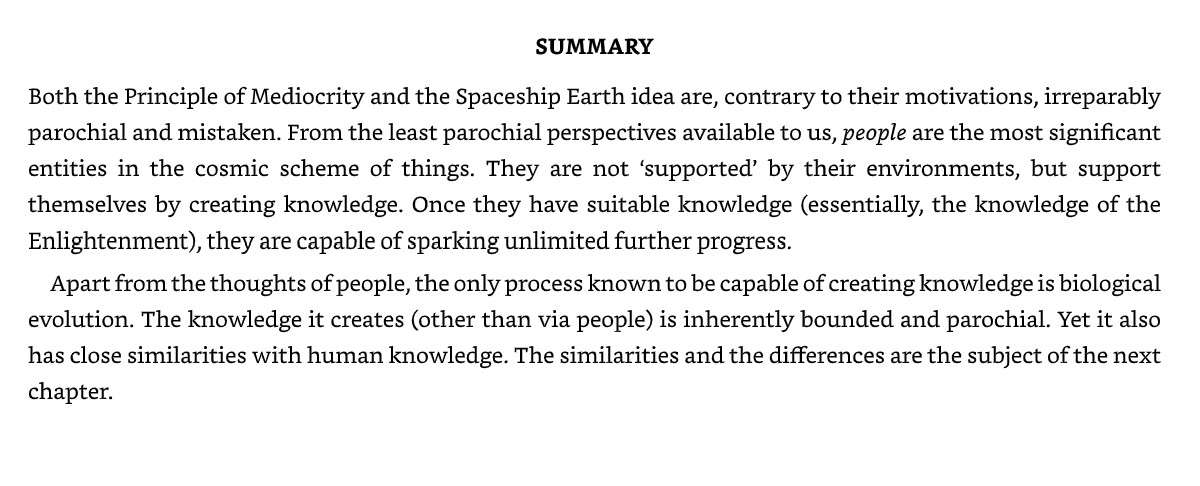
A good summary helps you reconstruct the author's argument weeks later, serving as a bridge between what you read and what you remember.
James Clear's "Atomic Habits" uses bullet-pointed key takeaways that function like a treasure collection from your expedition. These distilled insights capture the most valuable discoveries in immediately actionable form.
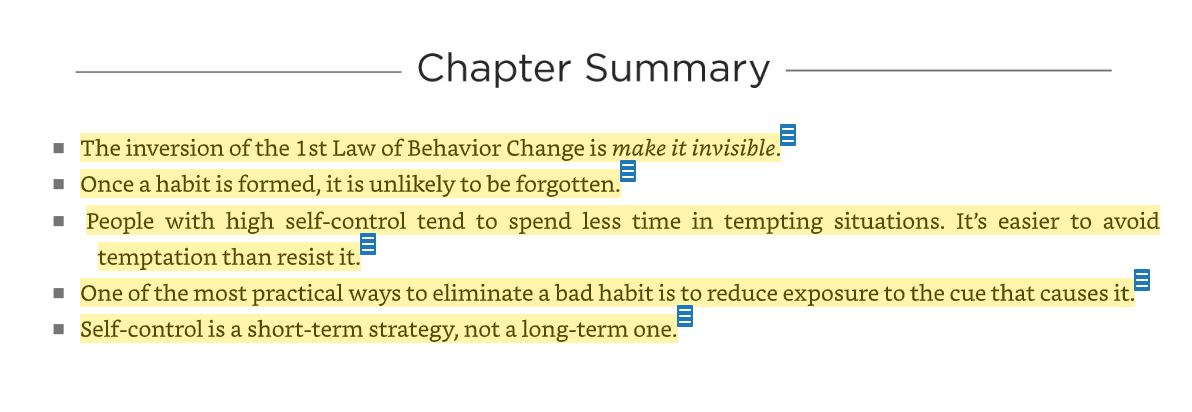
The difference between takeaways and summaries is crucial. Summaries restate the journey; takeaways extract the portable wisdom you can apply elsewhere.
Tim Ferriss's "The 4-Hour Workweek" includes specific exercises and action items that help you immediately test and apply new concepts. These function like planned next expeditions—opportunities to explore the terrain you've just learned about.

Action items bridge the gap between understanding and implementation. They turn theoretical knowledge into practical experience, which is where real learning happens.
Nassim Taleb's "Antifragile" constantly references other sections, creating a web of connections throughout the book. These cross-references help you see how individual insights relate to the larger system of ideas.
This connects to the synthesis tools that DeepRead provides. The platform's mind mapping function allows you to create visual representations of how concepts connect across chapters, as detailed in Creating a Mind Map from Your Reading and Nested Summarization. You can populate the book's structure with your personal insights, creating a lasting map of your intellectual journey.
Not every book comes with excellent trail markers. Some authors—particularly in philosophy and complex theoretical works—deliberately leave more navigation work to you as the reader. This isn't necessarily a flaw.
Sometimes the effort required to create your own orientation tools deepens your engagement and understanding. When you actively identify key terms, formulate questions, or create your own summaries, you're doing the mental work that transforms information into genuine knowledge.
Consider your current reading experience with "The AI Mirror." The compelling central metaphor provides excellent conceptual guidance, but you've noticed the lack of clear structural signposts. This gap doesn't diminish the book's value—it simply demands more active work from you as the explorer.
When you encounter books lacking design elements, ask yourself:
This active approach often produces deeper learning than passive consumption of well-marked trails. You're not just following someone else's path—you're developing your own navigation skills.
Start experimenting with this three-phase approach using your current book. Before your next reading session, spend five minutes identifying which design elements are present and which you'll need to create yourself.
During reading, notice when you feel lost or disoriented. What kind of signpost would help? A question to focus your attention? A summary of where you've been? A preview of where you're going?
After reading, always create some form of synthesis—even if it's just three bullet points of key insights. This practice transforms reading from consumption into construction.
DeepRead's idea cards feature works perfectly for this purpose. Like photos from your expedition, you can capture key moments with your personal notes and context, building a collection of insights that compounds over time.
The goal isn't to make reading feel like work. It's to make reading feel like exploration—purposeful, engaging, and personally rewarding. When you approach books as learning systems rather than content delivery vehicles, every page becomes an opportunity for discovery.
Whether your next book comes with excellent design elements or requires you to create your own navigation tools, remember: you're the explorer responsible for what you discover and take home. The trail may be marked or unmarked, but the journey—and its treasures—belong entirely to you.